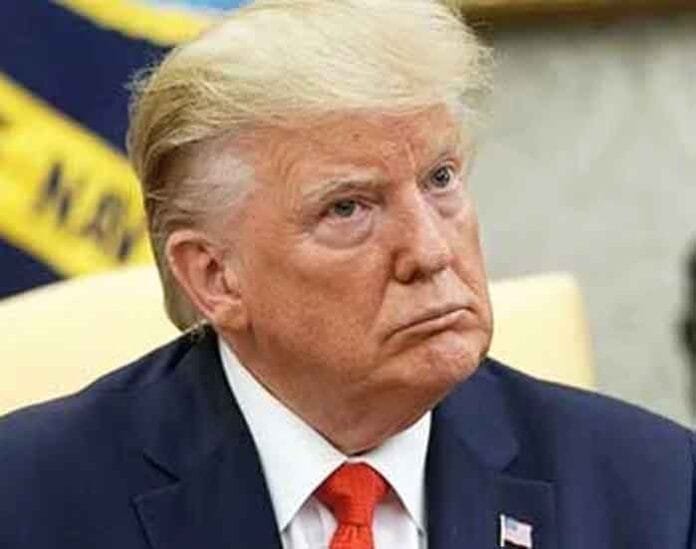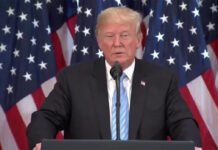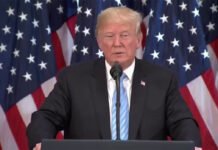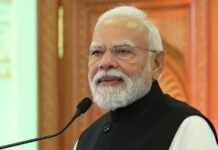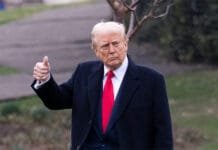The recent trade policy shift unveiled by US President Donald Trump threatens to deliver a double blow to India’s export economy, particularly targeting its pharmaceutical and copper industries. With the United States being India’s largest pharmaceutical market and a key destination for copper exports, the introduction of steep tariffs has cast a shadow over future trade flows. Crisil, a leading credit rating agency, has hinted that India may see a slowdown in pharma and copper exports, triggered by the new wave of American protectionism.
Trump’s 50% Copper Duty: A Shock to Global Metals Trade
President Trump has declared the imposition of a 50% import duty on copper, a move that is expected to ripple across global commodity markets. Speaking at a Cabinet meeting, Trump confirmed, “We are working on copper… the tariff will be 50 percent.” The Commerce Department, led by Secretary Howard Lutnick, plans to implement the measure by late July or August 1.
This tariff marks one of the highest levies on industrial metals in recent US trade history. The announcement has already fueled a surge in copper prices globally, with futures contracts climbing sharply in both London Metal Exchange (LME) and COMEX trading.
India, as a major copper exporter, particularly of semi-finished and refined copper products, now finds itself in a precarious position. In FY24, India exported over $1.2 billion worth of copper-based goods to the US, a figure likely to see substantial shrinkage if the tariffs are enforced unilaterally without exemptions.
India’s Pharmaceutical Exports: Facing a 200% Duty Risk
Equally alarming is Trump’s threat to raise duties on imported pharmaceuticals up to 200%, set to take effect if trade imbalances persist. Although no final order has been issued, Trump’s statement signals an escalating trade war in the high-value health sector.
India’s pharmaceutical industry, valued at $50 billion, relies heavily on the United States, which alone accounts for nearly 30% of total drug exports. From generic formulations to specialty medicines, Indian drugmakers such as Sun Pharma, Cipla, Dr. Reddy’s Laboratories, and Lupin will face tremendous pressure if duties are increased by even a fraction of the proposed rate.
A 200% tariff would not only make Indian drugs uncompetitive in the American market but could also cause disruptions in the global supply chain, where Indian firms play a crucial role in affordable drug manufacturing.
Crisil’s Outlook: Export Growth in Trouble
According to analysts at Crisil, the US policy reversal will likely dampen export momentum in the near to medium term. The agency expects the most pronounced impact in Q2 and Q3 of FY26, with pharma exports potentially declining 8–12% year-on-year if the full extent of tariff hikes is realized. Copper exports may drop by as much as 18%, Crisil warned.
The trade policy shift could also hurt employment in export-intensive sectors and erode forex inflows, at a time when India is striving to stabilize its current account deficit (CAD) and maintain rupee strength.
Impact on Indian Corporates and Stock Market Sentiment
The news has rattled Indian stock markets, particularly companies with significant exposure to the US market. Shares of pharma majors witnessed a 3–5% decline on the NSE, while metal firms like Hindustan Copper, Vedanta, and Hindalco recorded substantial intraday losses.
Market analysts have flagged heightened investor uncertainty and are advising caution on export-driven portfolios. The Nifty Pharma Index dipped below its 200-day moving average for the first time since May, signaling bearish sentiment.
Wall Street’s Mixed Response: Tariff Fears Cloud Market Momentum
The US financial markets, too, responded with caution. The Dow Jones Industrial Average slipped 0.4%, while the S&P 500 registered a modest 0.1% dip. The Nasdaq Composite remained flat, indicating investor confusion over long-term implications of the new tariffs.
On Monday, the broader market had already witnessed a sell-off after the Trump administration imposed 25% tariffs on imports from Japan and South Korea, in addition to sweeping tariffs affecting dozens of other economies. This underscores a growing trend of economic nationalism under Trump’s renewed presidency.
Deadline Pressure: No Extension for August 1 Tariff Schedule
President Trump has explicitly stated there will be no extension of the August 1 deadline. Countries that fail to reach bilateral trade adjustments with the US will face the full brunt of tariff penalties. This includes India, unless diplomatic negotiations yield temporary waivers.
Commerce Secretary Lutnick emphasized that these measures are part of a broader effort to “correct trade imbalances” and “bring manufacturing back to America.” However, critics argue that such aggressive tactics risk fragmenting global supply chains, particularly in sensitive sectors like healthcare.
India’s Trade Policy Crossroads: Options and Reactions
India’s Ministry of Commerce and Industry is reportedly in urgent consultation with stakeholders and plans to take up the issue through both bilateral and WTO channels. The Indian government may seek exemptions or tariff adjustments for critical exports, citing mutual dependence in pharmaceuticals and strategic metals.
Trade economists have suggested export subsidies, new trade routes, and diversification of export markets as necessary contingency plans. Strengthening trade ties with Europe, Southeast Asia, and Africa may help offset some of the lost ground.
What’s at Stake: Jobs, GDP, and Trade Relations
A full implementation of Trump’s tariff policy could endanger hundreds of thousands of jobs in India’s pharma and metal industries. It could also shave off 0.3–0.5% from India’s GDP growth in FY26 due to weakened exports and lower industrial output.
Moreover, India-US trade ties, which were on a positive trajectory post-Quad cooperation and defense pacts, may enter a period of stress if trade friction escalates without a resolution.
Conclusion: Storm Clouds Over India’s Export Engine
The warning signs are clear. With the US tightening its trade stance under Trump’s second term, India’s export resilience will be tested. Both pharmaceuticals and copper—a lifeline for many Indian exporters—now face high-stakes disruption. Crisil’s early alert must serve as a wake-up call for policymakers and industry leaders alike. The road ahead demands swift diplomatic engagement, policy cushioning, and strategic trade realignment to withstand the coming shockwave.

